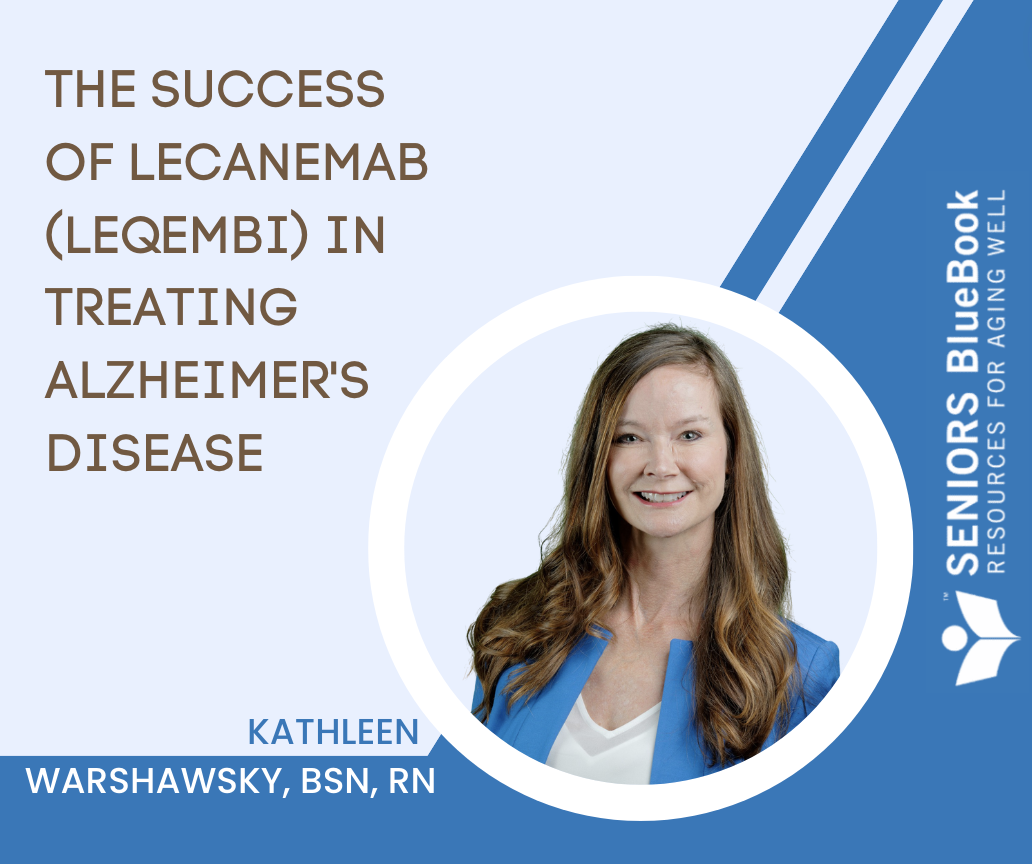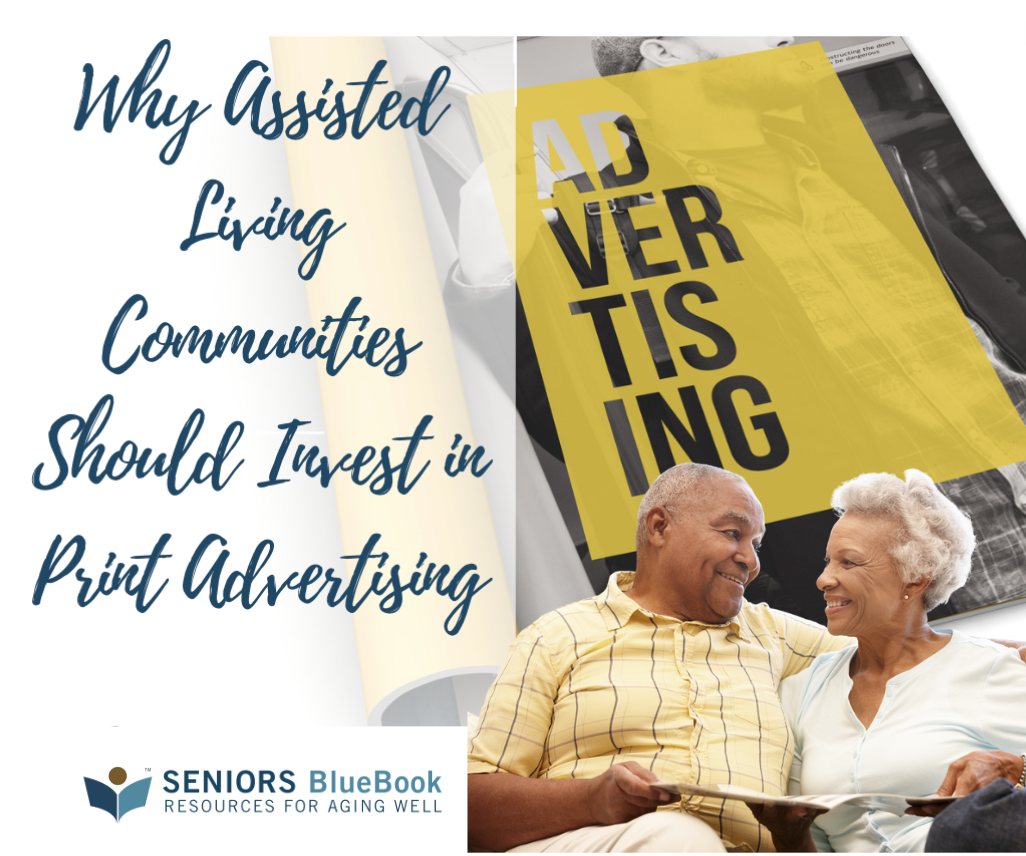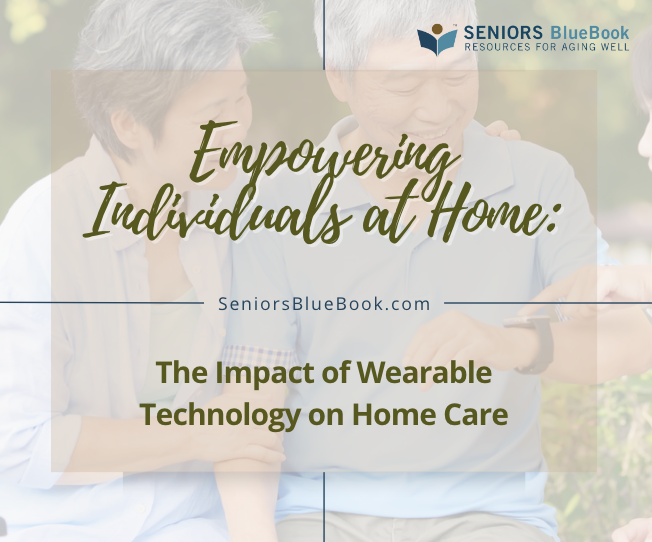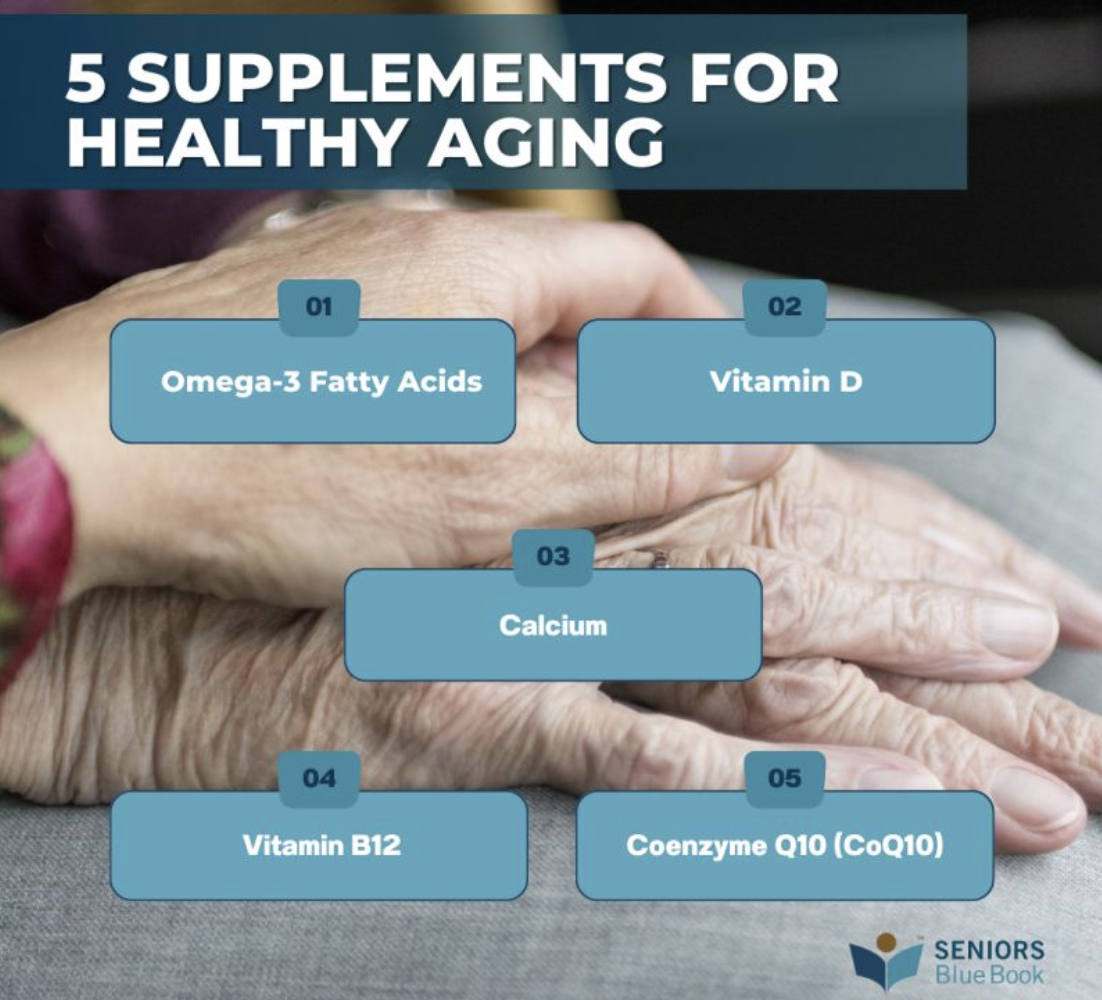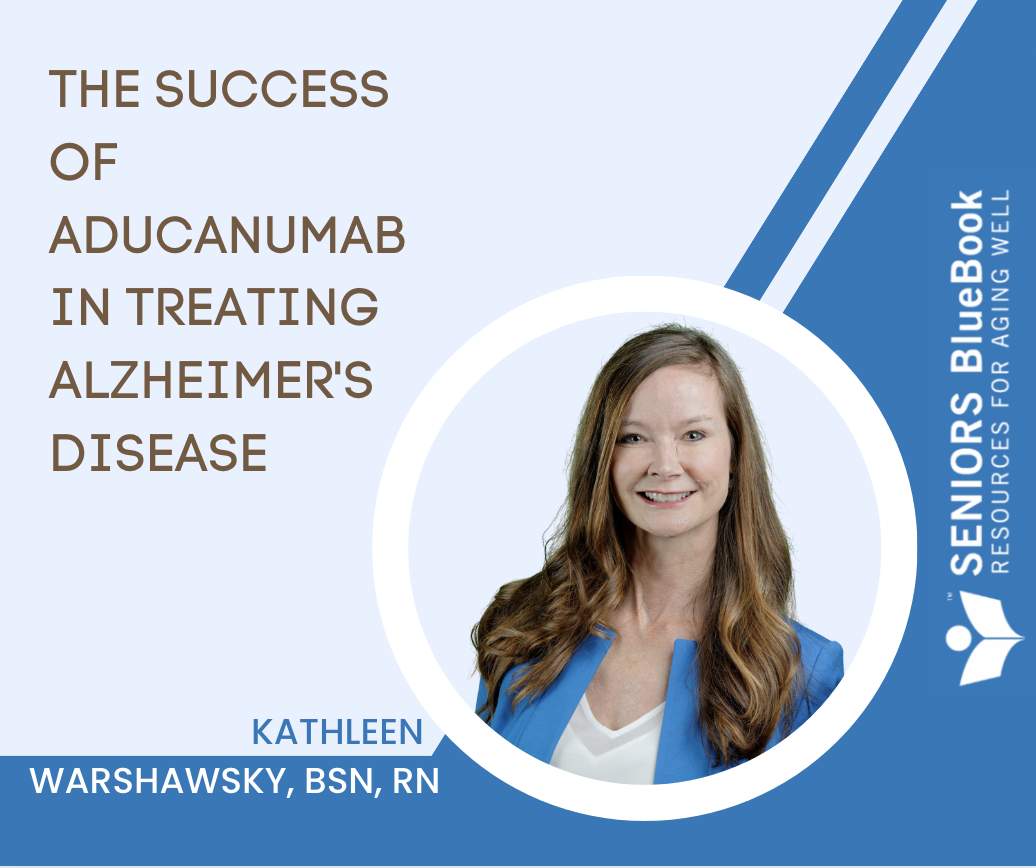Dementia: Improving Communication with Improv | Overview is part of a six-part series. Dementia is a degenerative neurological condition that affects millions of people worldwide. As the disease progresses, individuals with dementia may experience difficulties with communication, including problems with memory, language, and understanding. This can make it challenging for caregivers and family members to connect with their loved ones and provide the best possible care. However, there is a promising solution to this challenge: improv. In this six-part series, we will explore how improvisational theater techniques can be used to improve communication and connection with individuals with dementia. By tapping into the power of improv, caregivers can learn how to communicate more effectively, build rapport, and create meaningful experiences with their loved ones.Dementia is a debilitating condition that affects millions of people around the world. It is a progressive disease that affects memory, thinking, behavior, and the ability to perform daily tasks. As the disease progresses, individuals with dementia may have trouble communicating and may become withdrawn and isolated. However, with the right approach and support, individuals with dementia can still achieve good quality of life.One approach to supporting individuals with dementia is to meet them where they are at. This means that care providers should strive to understand the individual's unique perspective, experiences, and needs. This approach can help to reduce frustration, confusion, and anxiety and promote a sense of well-being and connectedness.To meet individuals with dementia where they are at, care providers can use a range of strategies. These may include:Communication: Communication can be challenging for individuals with dementia. Care providers should use clear and simple language, speak slowly, and allow time for the individual to process information. They should also use non-verbal cues, such as facial expressions and gestures, to convey meaning.Activities: Activities that are meaningful and engaging can help individuals with dementia to stay connected and maintain a sense of purpose. Care providers should focus on activities that the individual enjoys and are tailored to their abilities and interests.Environment: The physical environment can have a significant impact on the well-being of individuals with dementia. Care providers should create an environment that is familiar and comfortable, with minimal distractions and noise.Personalized care: Personalized care can help individuals with dementia to maintain a sense of identity and autonomy. Care providers should take the time to get to know the individual and their preferences and involve them in decision-making as much as possible.Emotional support: Individuals with dementia may experience a range of emotions, including fear, anxiety, and frustration. Care providers should provide emotional support and validation, acknowledging the individual's feelings and concerns.Meeting individuals with dementia where they are at requires a holistic and person-centered approach. By understanding the unique needs and experiences of the individual, care providers can support them to maintain a sense of dignity and quality of life, even as the disease progresses.Communication is a complex process that involves sending and receiving messages, both verbal and nonverbal, between individuals. Effective communication requires the ability to understand and interpret messages, express oneself clearly, and respond appropriately to feedback. For people with dementia, communication can become more challenging as the disease progresses and affects their cognitive and language abilities.Communication in people with dementia can be impaired due to a variety of factors, including memory loss, difficulty finding the right words, and impaired processing and comprehension of language. This can lead to frustration and anxiety for both the person with dementia and their caregivers. It is important to understand how communication can be affected by dementia and to develop strategies for effective communication.It is also important to remember that communication is a two-way street, and caregivers and healthcare providers must also be good listeners. Active listening, which involves paying attention to the person with dementia, acknowledging their feelings, and responding appropriately, can help build trust and understanding.Improved communication with individuals with advanced dementia can lead to several benefits, including better social interaction, reduced feelings of anxiety, and improved quality of life. It can also help caregivers better understand the needs and preferences of the person with dementia, resulting in more personalized care and enhanced well-being for both the caregiver and the person with dementia.Several studies have explored the benefits of improving communication with individuals with advanced dementia. For example, a systematic review of communication interventions found that these interventions can lead to reduced agitation and aggression among people with dementia, as well as improved quality of life and social engagement (Van't Leven et al., 2013). Another study showed that individualized communication training for caregivers can lead to significant improvements in communication quality and overall well-being for both caregivers and individuals with dementia (Graff et al., 2006).Moreover, incorporating improvisation techniques, such as mirroring, storytelling, and music, can be particularly beneficial in enhancing communication with individuals with advanced dementia. A randomized controlled trial of music therapy showed that it led to significant improvements in communication and social interaction among individuals with advanced dementia (Raglio et al., 2015). Another study showed that using storytelling and role-playing techniques can lead to significant improvements in communication and emotional well-being among individuals with advanced dementia (Hsu et al., 2018).Improving communication with individuals with advanced dementia can lead to several benefits for both the person with dementia and their caregiver. Incorporating improvisation techniques can enhance the effectiveness of communication interventions and improve overall well-being.The components of improv can be applied to dementia care to help improve communication, build trust, and enhance the overall care experience for both the caregiver and the person with dementia.Components of improv for dementia care include:Acceptance: Accepting and building on the ideas of others is a key component of improv. In dementia care, acceptance can involve acknowledging and validating the thoughts and feelings of individuals with dementia, even if they are not based in reality. This can help build trust and improve communication.Listening: Active listening is essential in improv. In dementia care, listening involves paying attention to verbal and nonverbal cues, as well as being open to new ideas and adapting to the needs of the person with dementia.Agreement: In improv, performers agree to the reality of the scene and build on it. In dementia care, agreement can involve finding common ground with the person with dementia and building on their ideas and interests.Creativity: Improv is all about creativity and thinking outside the box. In dementia care, creativity can involve finding new ways to communicate, engage, and connect with the person with dementia.Flexibility: Improv requires performers to be flexible and adapt to changing situations. In dementia care, flexibility can involve being open to new ideas and adjusting communication strategies as needed to accommodate the needs and abilities of the person with dementia.Playfulness: Improv often involves a playful and lighthearted approach to communication. In dementia care, playfulness can involve using humor and creativity to make communication more enjoyable and engaging for the person with dementia.Using improv techniques can help caregivers communicate more effectively with individuals with dementia by fostering flexibility, active listening, engagement, and humor. These techniques can help improve the quality of communication and enhance the overall care experience for both the caregiver and the individual with dementia.Improv can help communicate with someone who has dementia by:Emphasizing flexibility: Improv involves being open and flexible to new ideas and situations. This approach can help caregivers communicate more effectively with individuals with dementia, who may have difficulty following a specific train of thought or conversation. By being flexible and open to new ideas, caregivers can adapt to the needs and abilities of the person with dementia, allowing for more successful communication.Encouraging active listening: Improv requires active listening and responding to what is being said in the moment. This approach can help caregivers communicate more effectively with individuals with dementia, who may have difficulty following a conversation or articulating their thoughts. By actively listening and responding to the person with dementia, caregivers can help them feel heard and understood.Fostering a positive and engaging environment: Improv involves creating a positive and engaging environment that encourages participation and creativity. This approach can help caregivers communicate more effectively with individuals with dementia, who may become easily disengaged or frustrated during communication. By creating a positive and engaging environment, caregivers can help individuals with dementia feel more comfortable and open to communication.Using humor and playfulness: Improv often involves using humor and playfulness to communicate and connect with others. This approach can help caregivers communicate more effectively with individuals with dementia, who may respond well to humor and playfulness. By using humor and playfulness, caregivers can help lighten the mood and make communication more enjoyable and less stressful for everyone involved.Improv TechniquesThere are many improv techniques that can be used on a client with dementia. By incorporating these techniques into their care approach, caregivers can help improve communication, reduce stress, and enhance the overall care experience for the person with dementia.Here are a few examples:"Yes, and..." technique: This technique involves building on the ideas of the person with dementia, rather than shutting them down or correcting them. For example, if the person with dementia says, "I want to go to the moon," instead of saying "That's not possible," the caregiver can say "Yes, and maybe we can pretend to go to the moon by looking at pictures of space."Mirroring technique: This technique involves mirroring the body language and facial expressions of the person with dementia to help build rapport and understanding. For example, if the person with dementia is smiling, the caregiver can mirror their smile to help create a positive and engaging environment.Storytelling technique: This technique involves creating a story with the person with dementia by building on their ideas and interests. For example, the caregiver can start a story with "Once upon a time, there was a cat who loved to play in the garden," and then ask the person with dementia what they think happens next.Role-playing technique: This technique involves engaging the person with dementia in role-playing activities to help stimulate their imagination and memory. For example, the caregiver can suggest playing "restaurant" and ask the person with dementia to be the customer, while they act as the waiter.Musical improvisation technique: This technique involves using music to engage the person with dementia and create a positive and engaging environment. For example, the caregiver can sing a familiar song and ask the person with dementia to join in or use music to help create a calming environment during a potentially stressful situation.Using improv techniques in caregiving can greatly enhance the caregiver's relationship with their loved one with dementia. By accepting and validating the individual's experience, caregivers can build trust, improve communication, and increase their loved one's sense of safety and comfort. Improv also allows for creative problem-solving and flexibility, which can be crucial in adapting to the individual's changing needs and abilities. Ultimately, incorporating improv as a form of communication can lead to a more positive, meaningful, and fulfilling relationship between the caregiver and their loved one with dementia.To Receive Continuing Education Credit for Nursing, Texas Social Work, Texas Licensed Professional Councilor Click HERE.Read all of the articles in this six-part series on Dementia: Improving Communication with Improv Dementia: Improving Communication with Improv | OverviewDementia: Improving Communication with Improv | "Yes and..." TechniqueDementia: Improving Communication with Improv | Mirroring TechniqueDementia: Improving Communication with Improv | Storytelling TechniqueDementia: Improving Communication with Improv | Role-playing TechniqueDementia: Improving Communication with Improv | Musical Improvisation techniqueAuthor: Kathleen Warshawsky, BSN, RN | Publisher Seniors Blue Book Greater Dallas | https://www.linkedin.com/in/kathleenwbsnrn/To Receive Continuing Education Credit for Nursing, Texas Social Work, Texas Licensed Professional Councilor email Kathleen@SeniorsBlueBook.com for the link.References:Alzheimer's Association. (2021). Communication and Alzheimer's. Retrieved from https://www.alz.org/help-support/caregiving/daily-care/communicationsGoldsmith, L., & Goldsmith, J. (2019). Communication and dementia. American Family Physician, 99(11), 684-691.Graff, M. J., Adang, E. M., Vernooij-Dassen, M. J., Dekker, J. H., Jnsson, L., Thijssen, M., ... & Rikkert, M. G. (2006). Community occupational therapy for older patients with dementia and their care givers: cost effectiveness study. BMJ, 333(7580), 1196.Guzmn, A., & Hegarty, J. (2018). A systematic review of drama therapy interventions for dementia care. Aging & Mental Health, 22(10), 1309-1319.Hsu, M. H., Flowerdew, R., Parker, M., Fachner, J., & Odell-Miller, H. (2018). A thematic analysis exploring group music psychotherapy for people with dementia in the UK. Journal of Applied Arts & Health, 9(1), 75-87.Kales, H. C., Gitlin, L. N., & Lyketsos, C. G. (2015). Assessment and management of behavioral and psychological symptoms of dementia. BMJ (Clinical research ed.), 350, h369.Raglio, A., Bellelli, G., Traficante, D., Gianotti, M., Ubezio, M. C., Villani, D., ... & Stramba-Badiale, M. (2015). Efficacy of music therapy in the treatment of behavioral and psychiatric symptoms of dementia. Alzheimer Disease and Associated Disorders, 29(2), 158-163.Raglio, A., Gianotti, M., Manzoni, V., Bolis, S., Ubezio, M. C., Villani, D., & Stramba-Badiale, M. (2016). Effects of improvisational music therapy vs enhanced standard care on symptom severity among patients with Alzheimer disease: The IMT-ALZ randomized clinical trial. JAMA Neurology, 73(7), 797-805.Van't Leven, N., Prick, A. E., Groenewoud, J. G., Roelofs, P. D., de Lange, J., Pot, A. M., & Van't Leven, N. (2013). Communication enhancement between dementia care professionals and dementia patients during daily care. Aging & Mental Health, 17(5), 555-568.
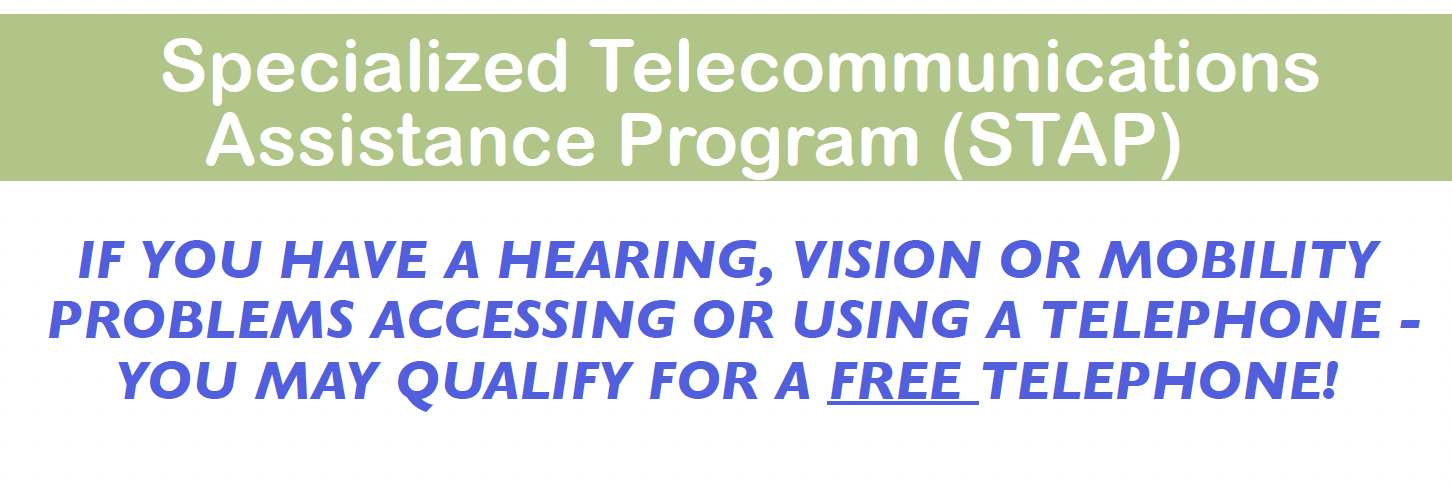
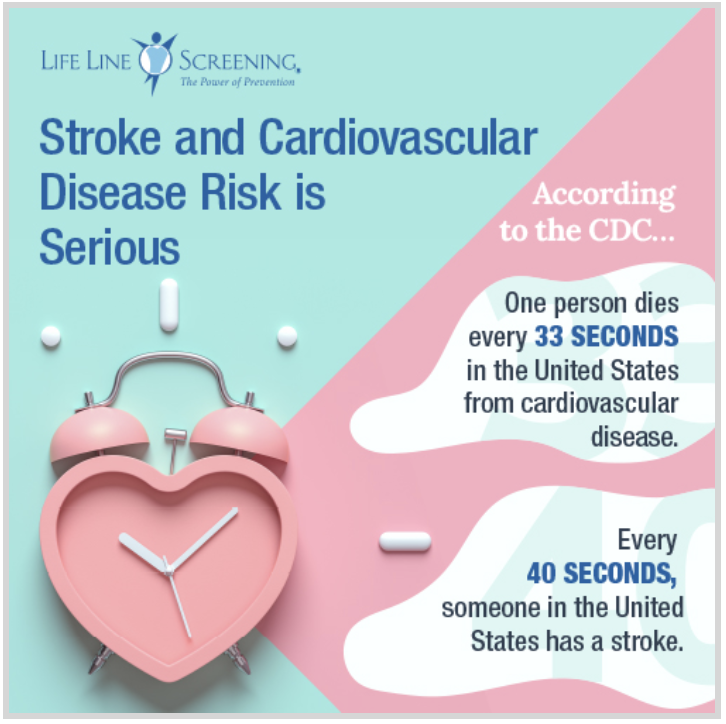

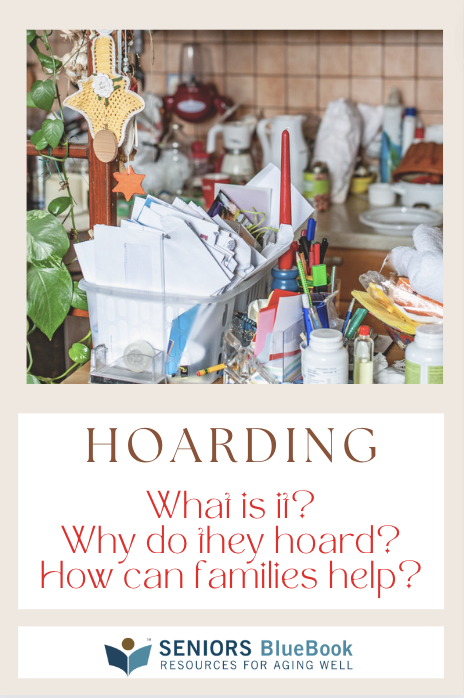
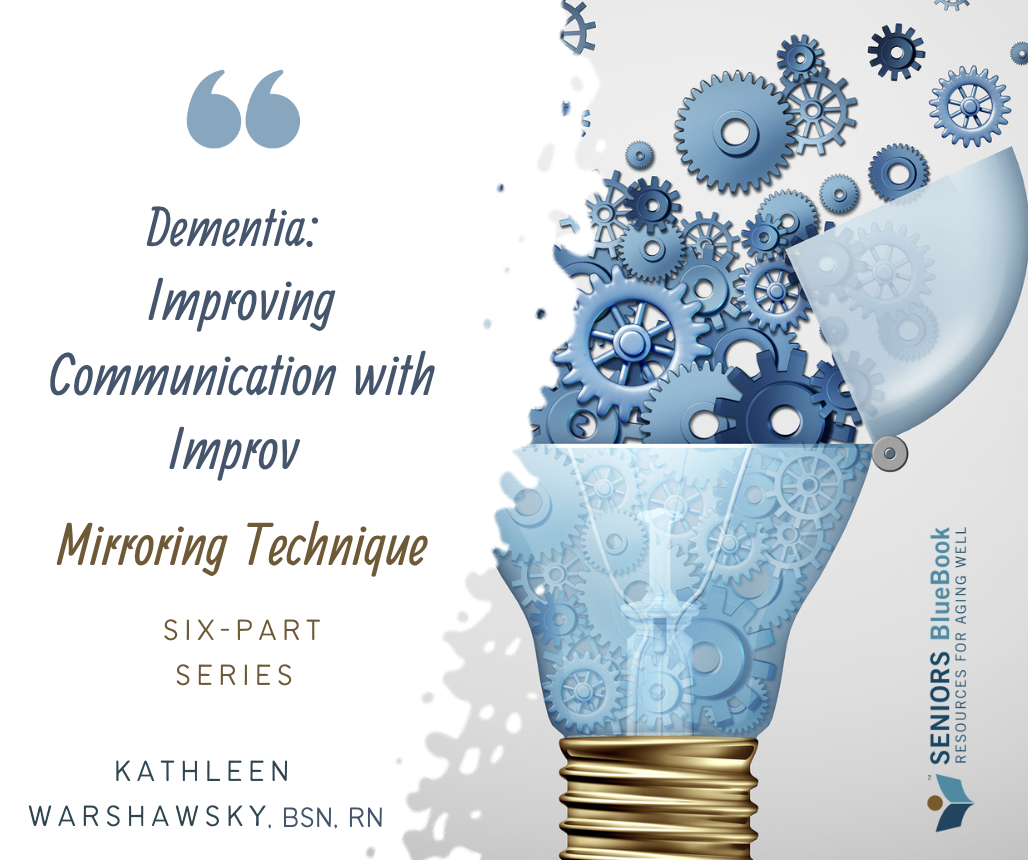
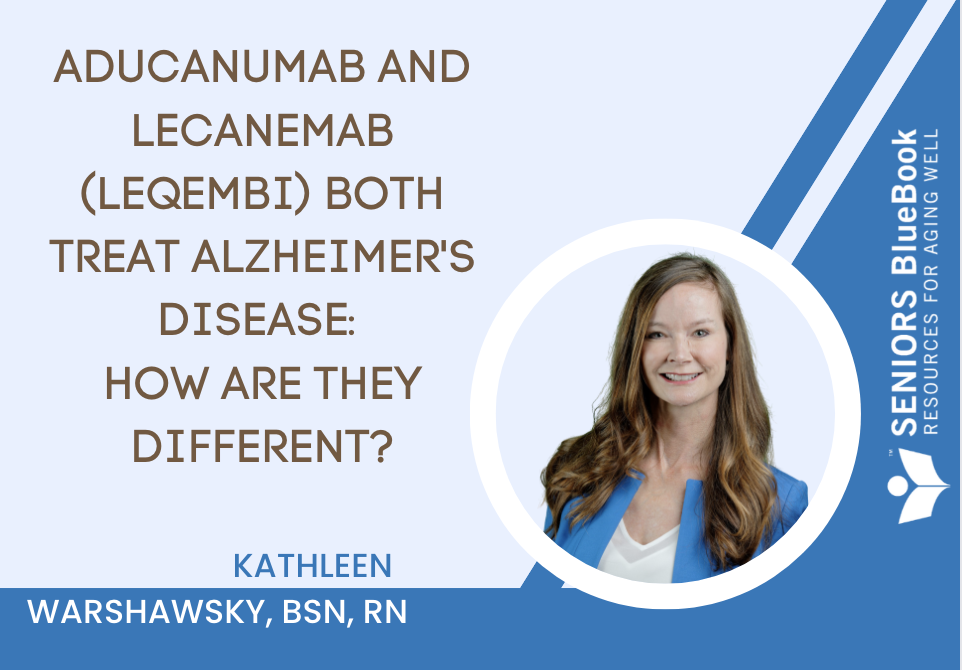
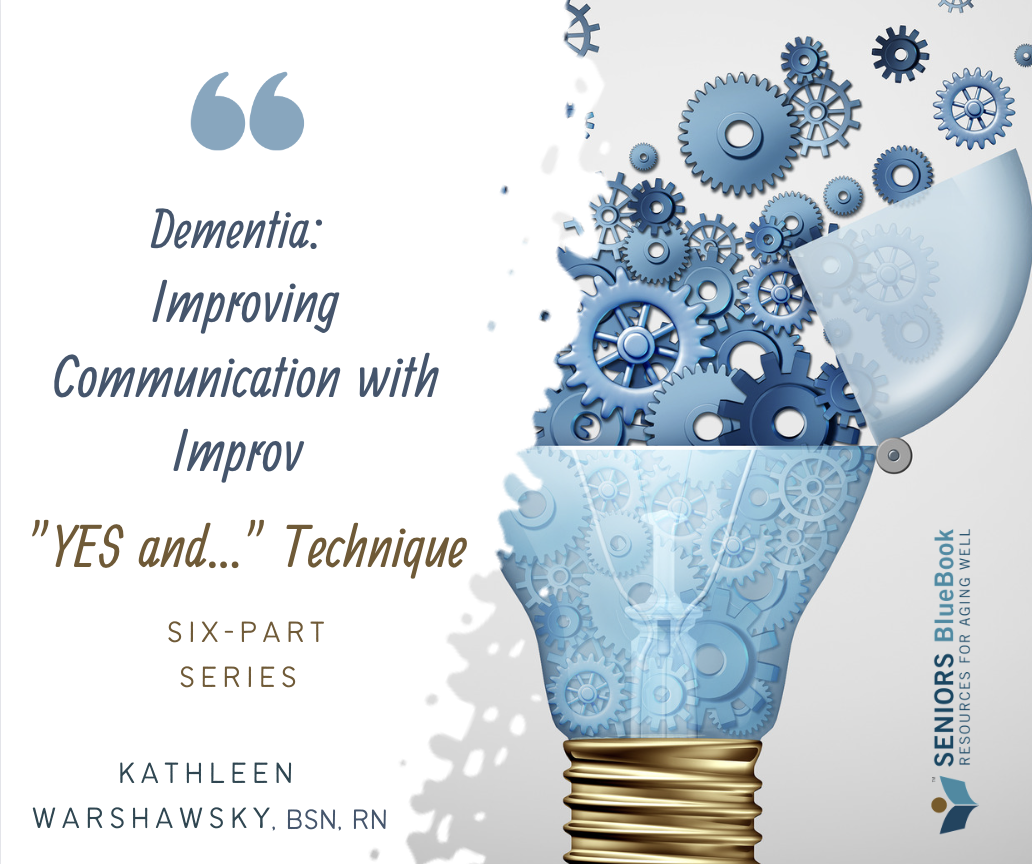
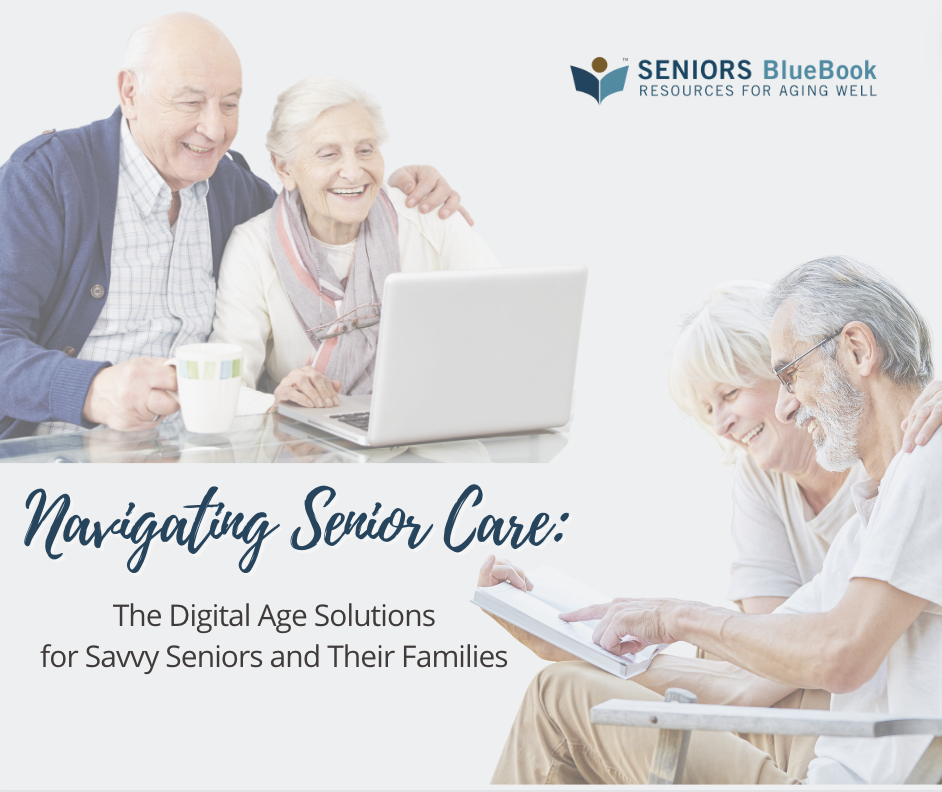

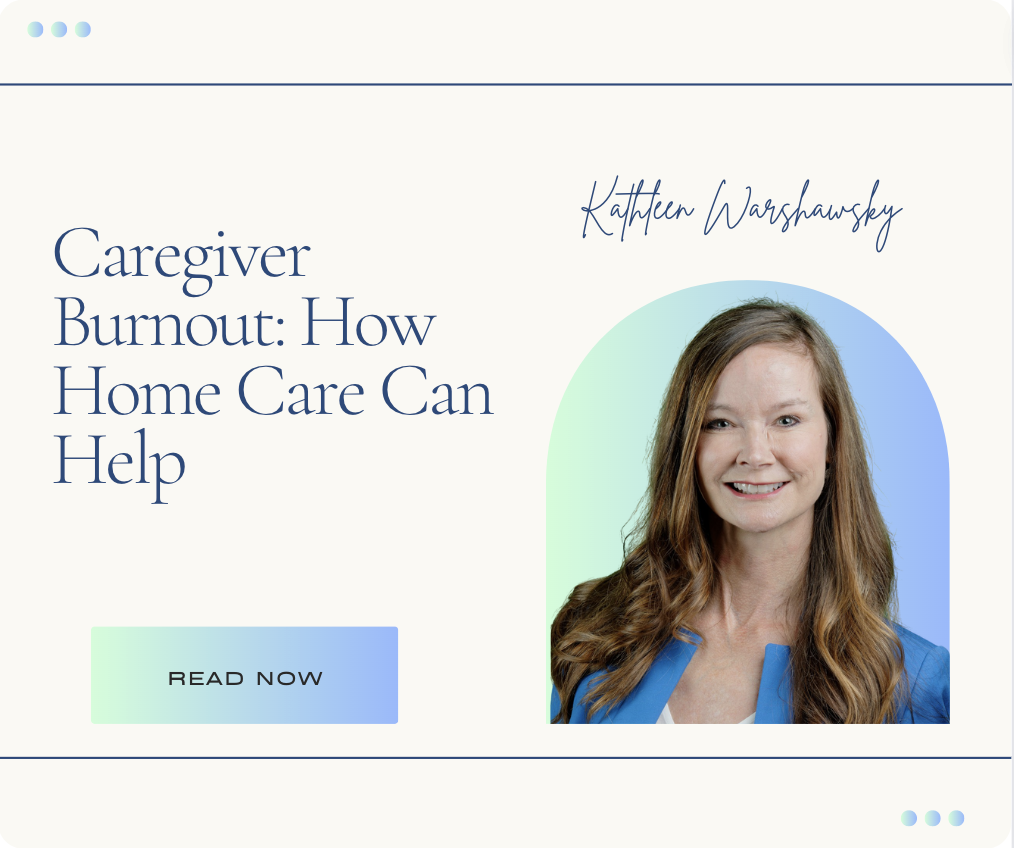
.jpg)
